What is the tolerance range of precision screws?
What is the tolerance range of precision screws?
Service Hotline
+86760-8787 8587We have more than ten years of production experience in the screw industry, the main products are: driven bolts, aircraft model screws, galvanized small outer diameter through-hole pressure riveting standoffs, pressure plate nail bolts, drill tail flat washers, yellow zinc gaskets, anchors Wire processing bolts, square coupling gasket manufacturers, blackened hexagon bolts, surveillance camera studs, GB70 cup head screws, IFI123 heart rivets, wholesale supply of hexagonal flange nuts, chassis connection copper posts, fine wire fine buckle screws, etc. Fasteners, due to the different materials and specifications of the products, the prices are also different, if you need it, please contact us.


Generally, the bolts or nuts used to press workpieces or fixtures in the T-slot of the machine tool table are made into square or rectangle. Things are very inconvenient.
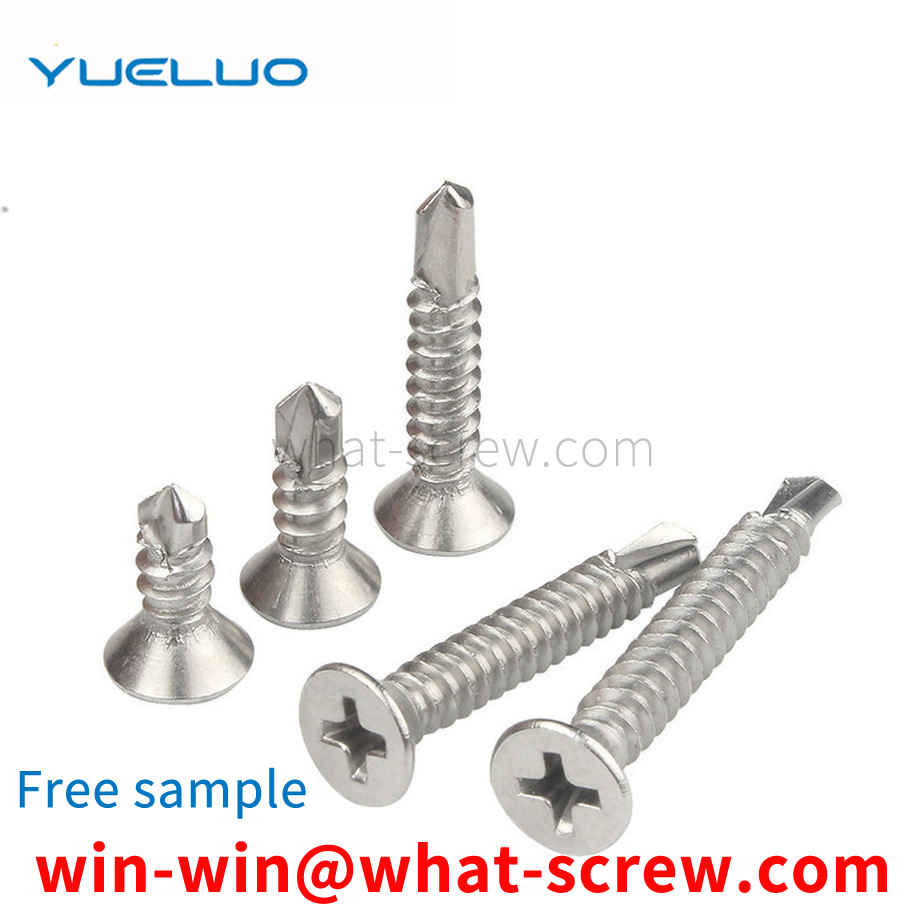
Self-tapping screws were introduced into the industry in large numbers in 1914. The earliest design (essentially imitating a wood screw) was a thread-forming screw made of hardened steel with an A-ended end, mainly used to connect sheet metal channels for heating and ventilation systems. Therefore, it is also called: sheet metal screw. By the end of the 1920s, with the widening of the market and new applications, emphasizing new designs, its application performance was widely improved. The following introduces the four different stages of the development of self-tapping screws in 40 years: thread forming self-tapping screws, thread cutting self-tapping screws, thread rolling self-tapping screws and self-drilling self-tapping screws. 1. Ordinary self-tapping screws (thread forming self-tapping screws) Ordinary self-tapping screws are a direct product of early sheet metal screws. The principle is: when screwing it into a prefabricated hole, the internal thread connected to the screw is formed by the displacement of the material around the hole and the material is pushed into the space between the threads. 2. Self-cutting self-tapping screws (thread cutting self-tapping screws) Because ordinary self-tapping screws are formed only in very thin threads. And it can be easily realized on materials with good toughness. Develop and expand the use of self-tapping screws to thicker sections and harder, brittle and other materials with poor deformability. In this way, the self-cutting self-tapping screw is developed: a cutting groove or cutting edge is machined at the end of the screw shank. When this kind of screw is screwed into the prefabricated hole, the screw acts as a tap and actually cuts out the thread that connects with itself. 3. Self-Extrusion Self-Tapping Screws (Thread Rolled Self-Tapping Screws) In the early 1950s, fastener engineers began to recognize the potential advantages of self-tapping screws as structural rather than just lightly loaded attachments. This has led to the development of a new self-tapping screw thread rolling self-tapping screw (self-extrusion self-tapping screw). According to the design principle of cold forging taps, the thread and end are specially designed for this kind of screw, so that the screw can be formed by applying intermittent and periodic pressure on the crest of its thread instead of on the side of the entire thread. Internal thread for connection. By concentrating and limiting the forming pressure, the pressurized material next to the hole is made to flow more easily and to better fill (squeeze) into the flanks and roots of the thread of the self-tapping screw. Since the frictional resistance of screwing in is much lower than that of ordinary self-tapping screws, threaded rolling self-tapping screws (self-extrusion self-tapping screws) can be screwed into thicker sections. At the same time, it has better screw control and tightening torque, and greatly improves the connection strength and overall firmness. The engineering standard of this kind of self-tapping screw stipulates that the selection of materials, the mechanical properties of heat treatment and the working performance should be strictly controlled. 4. Self-drilling and self-tapping screws (self-drilling screws) People have done statistics: Among the ten expenses that constitute the total assembly cost, the highest one includes the processing of holes. In practical applications of self-tapping screws, prefabricated holes need to be processed. Moreover, in order to make the prefabricated holes have good effect in practical application, the size of these holes must be controlled within a fairly strict range. In the early 1960s, self-drilling and self-tapping screws appeared. A major step forward in reducing assembly costs by eliminating the need to machine prefabricated holes. In general, self-drilling and self-tapping screws realize drilling, tapping and tightening in one operation. These are the four main stages of self-tapping screw design and development. In addition, two newly developed products are also worthy of introduction. Both are screws with a special thread type. One is designed for plastic and other low-strength materials; the other is used in the construction industry to connect cement wall panels, so it is also called wall panel self-tapping screws.
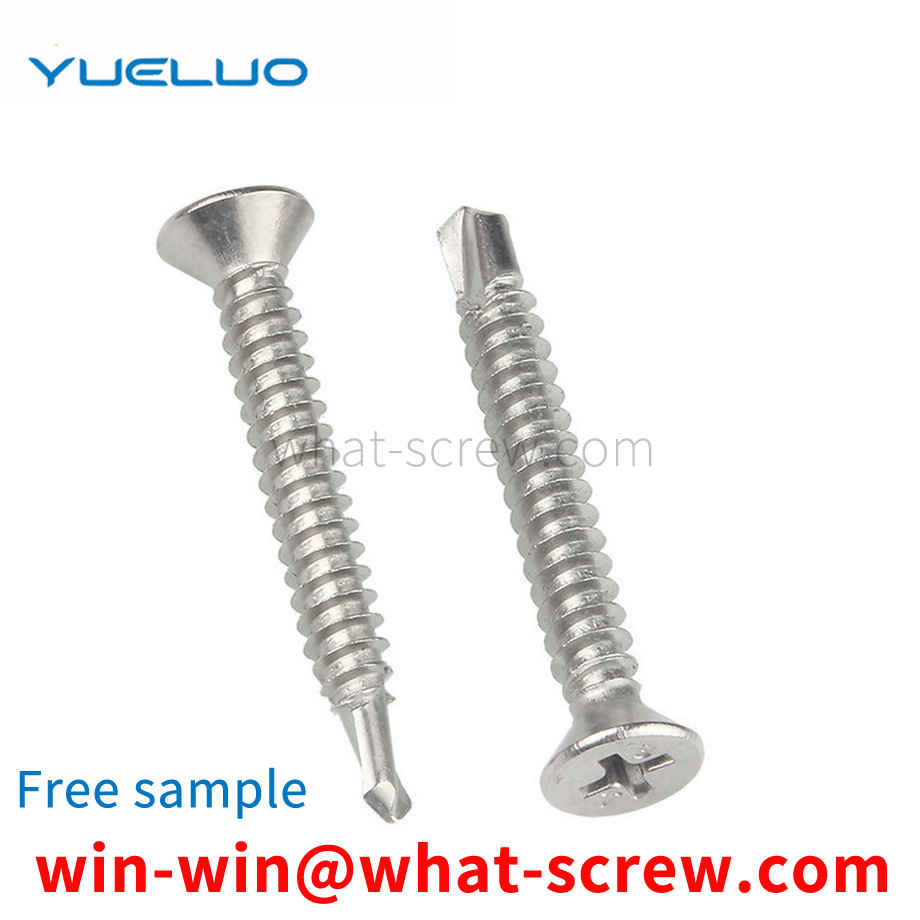
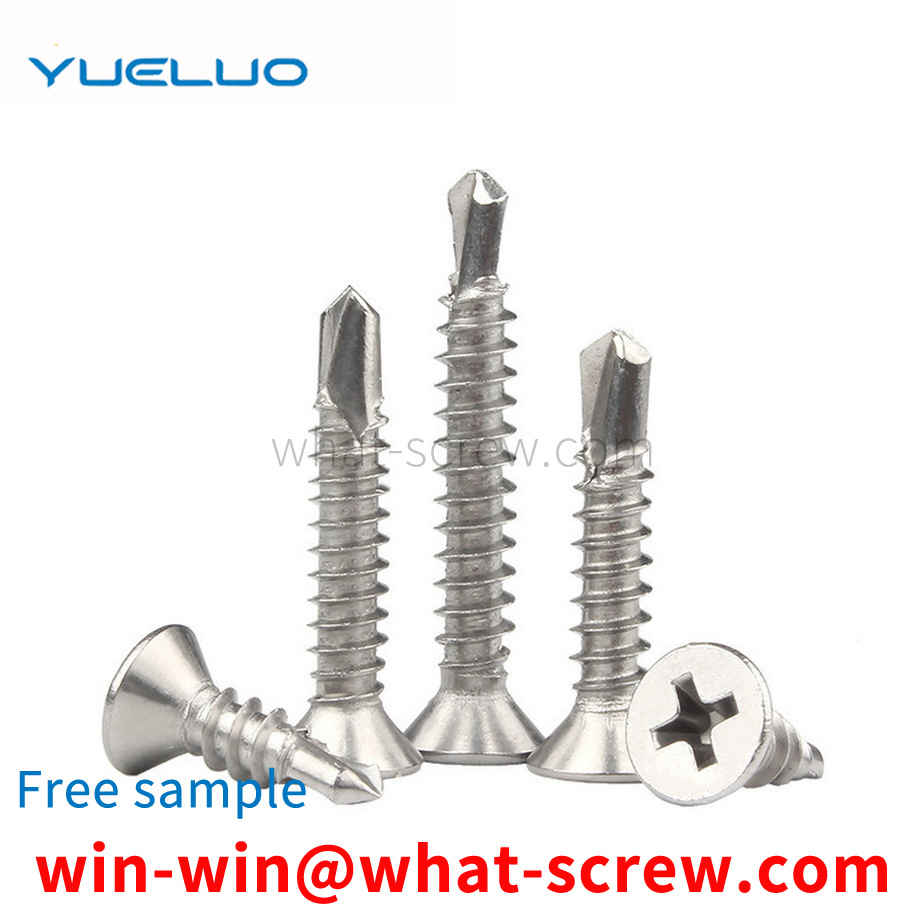
The purpose of Yueluo is to provide a screw with a plurality of threads continuously coiled in a helical shape formed on its shank; wherein the shank is provided with a protruding cutting portion at the front section with threads toward the tip, for the purpose of providing the screw. The front section is screwed into the object to successfully complete the stage of cutting and rapid chip removal, and the rod part is provided with a concave cutting part at the rear section with threads toward the head, for the rear section of the rod to be introduced into the object. , so that the work of the stage of cutting and collecting chips can be successfully completed; so that the screw can achieve multiple functions such as labor-saving cutting, smooth and rapid chip removal and chip collection during the locking process.
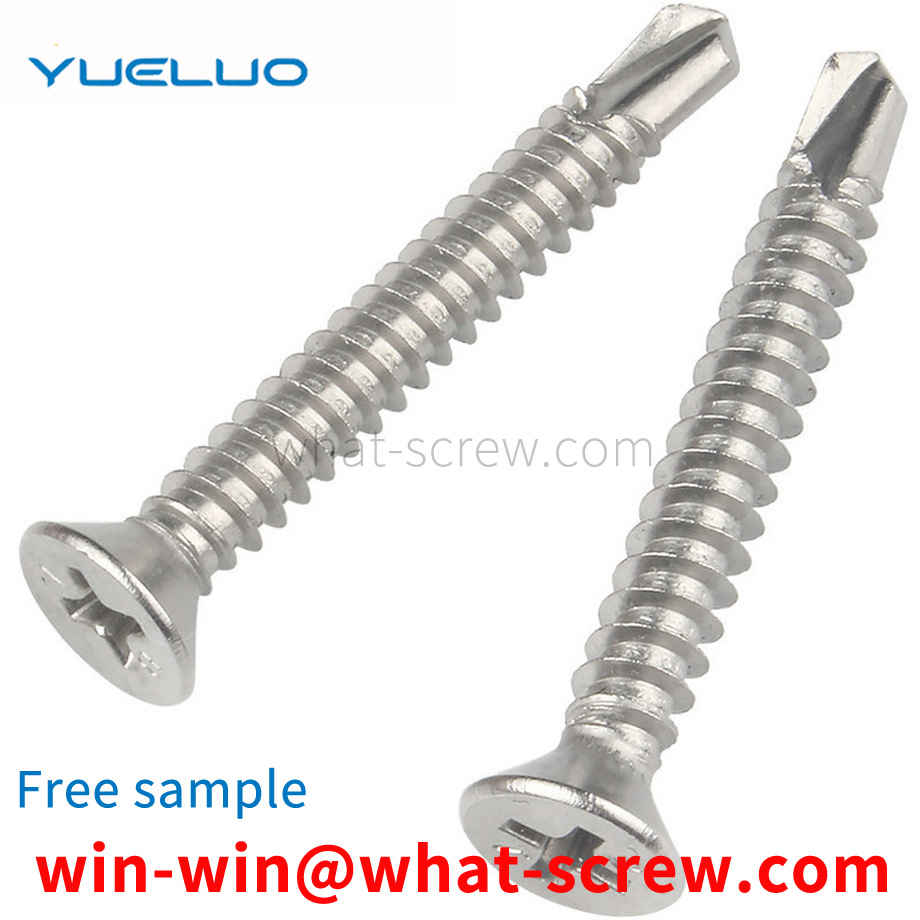
There are two types of bolt detection: manual and machine. Manual is the most primitive and the most commonly used consistent detection method. In order to minimize the outflow of defective products, general production enterprise personnel inspect the packaged or shipped products by visual means to exclude defective products (defects include tooth damage, mixed materials, rust, etc.). [2] Another way is automatic machine inspection, mainly magnetic particle inspection. Magnetic particle inspection is to use the interaction between the leakage magnetic field at the defect of the bolt and the magnetic powder, aiming at the difference between the magnetic permeability of the bolts (such as cracks, slag inclusions, mixed materials, etc.) and the magnetic permeability of steel, these materials are discontinuous after magnetization. The magnetic field at the place will be turbulent, and a leakage magnetic field will be generated on the surface of the workpiece where part of the magnetic flux leaks, thereby attracting the magnetic powder to form the magnetic powder accumulation at the defect—magnetic traces. The accumulation of these magnetic powders is observed and explained, and the purpose of rejecting defective products has been achieved.
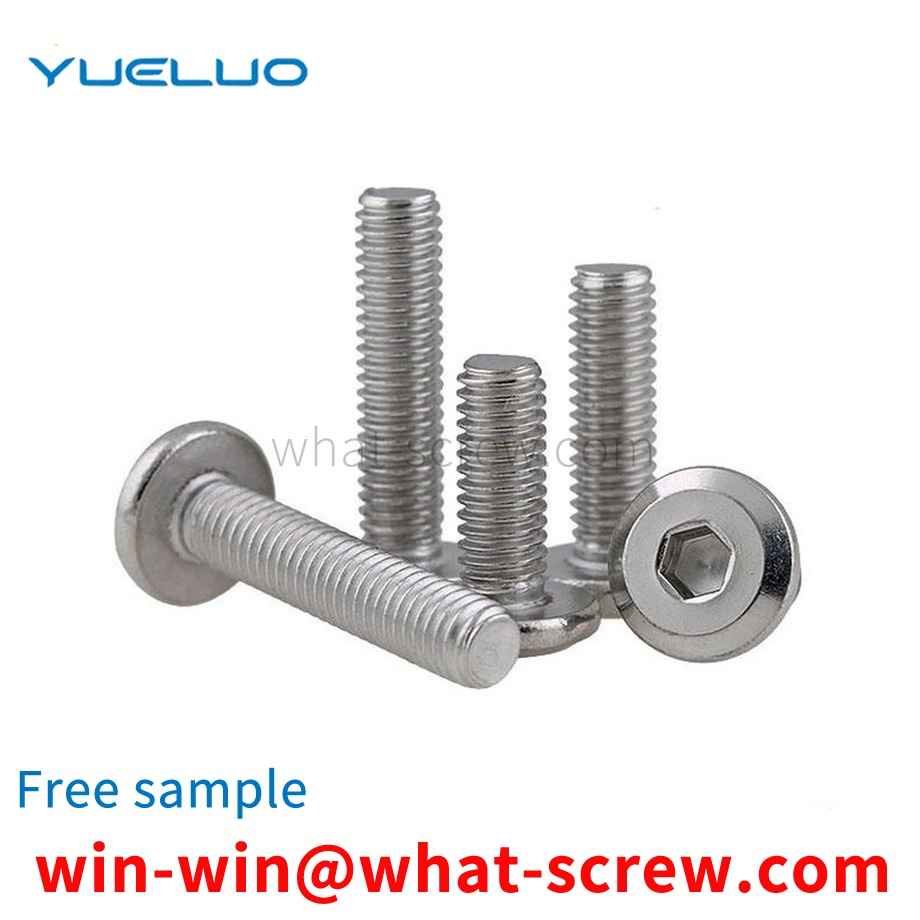
The above content is uploaded by Yueluo or the Internet. If there is any copyright issue, please contact [email protected].

What is the tolerance range of precision screws?

How to choose the right stainless steel screw manufacturer?

Why is there an R angle under the head of the hexagon head s...
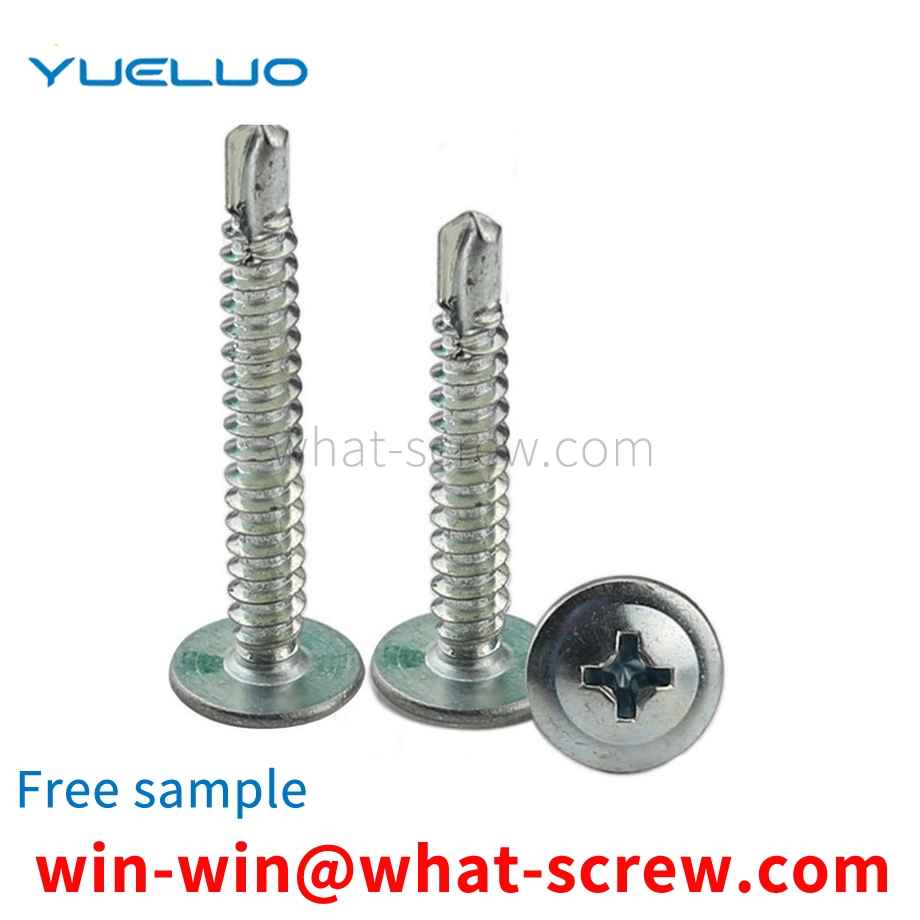
We have more than ten years of screw industry production exp...
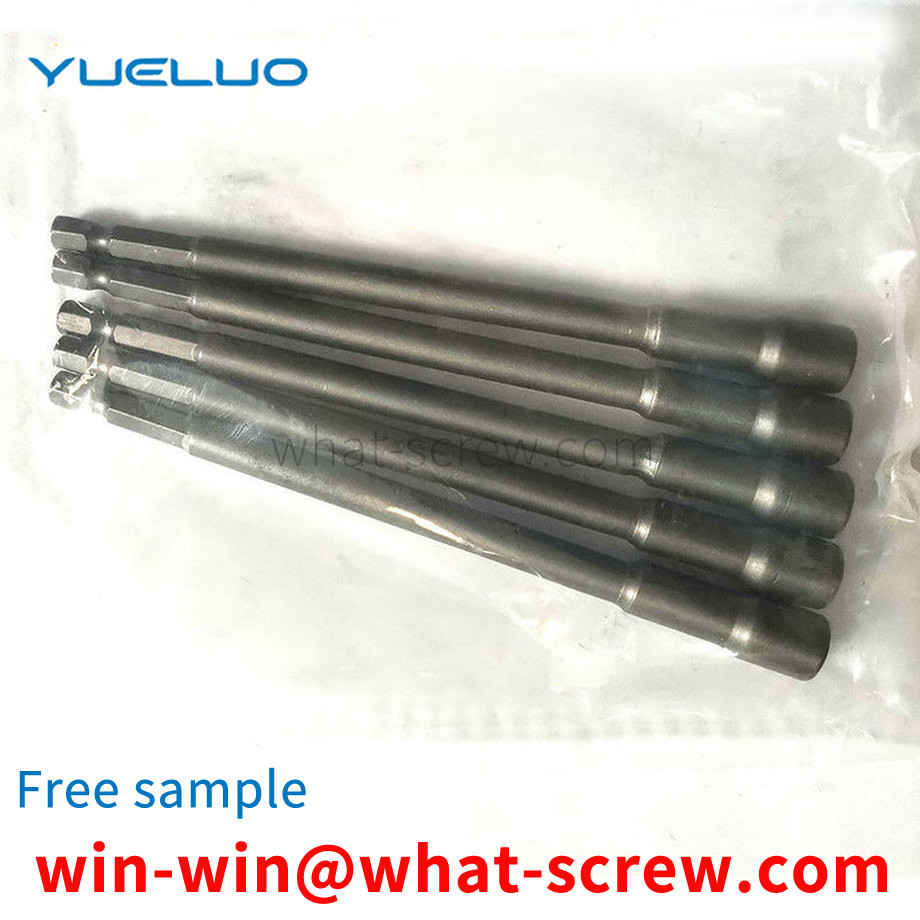
We have more than ten years of experience in the production ...
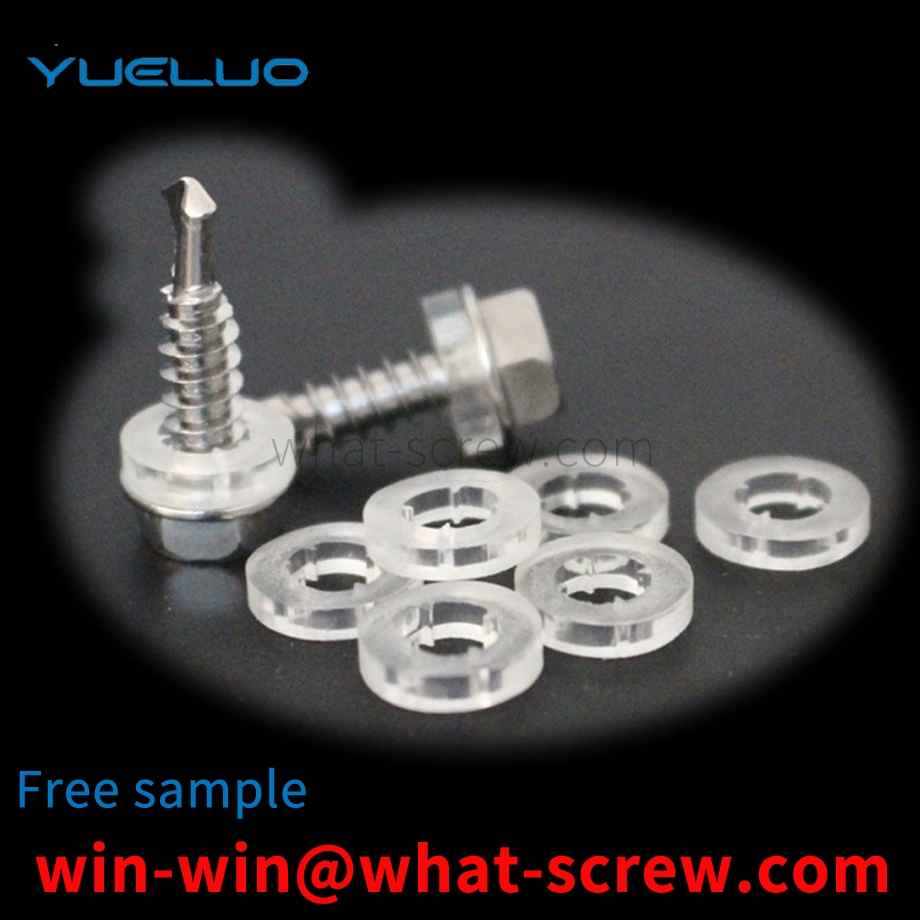
We have more than ten years of production experience in the ...
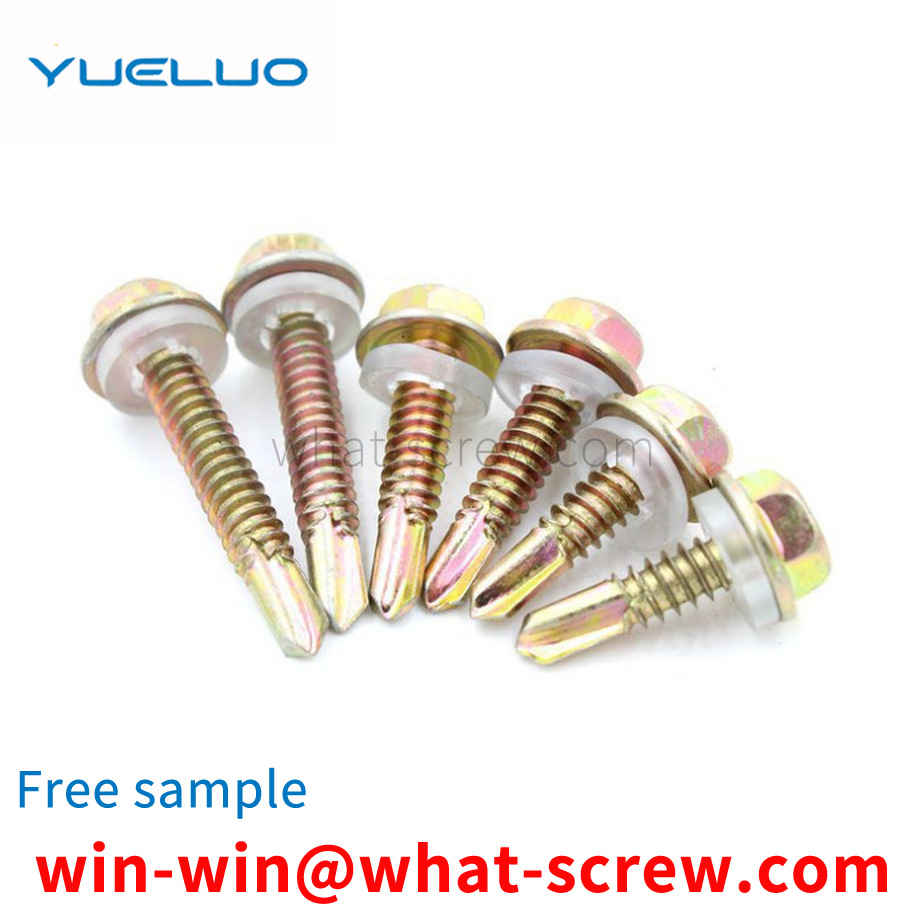
We have more than ten years of experience in the production ...